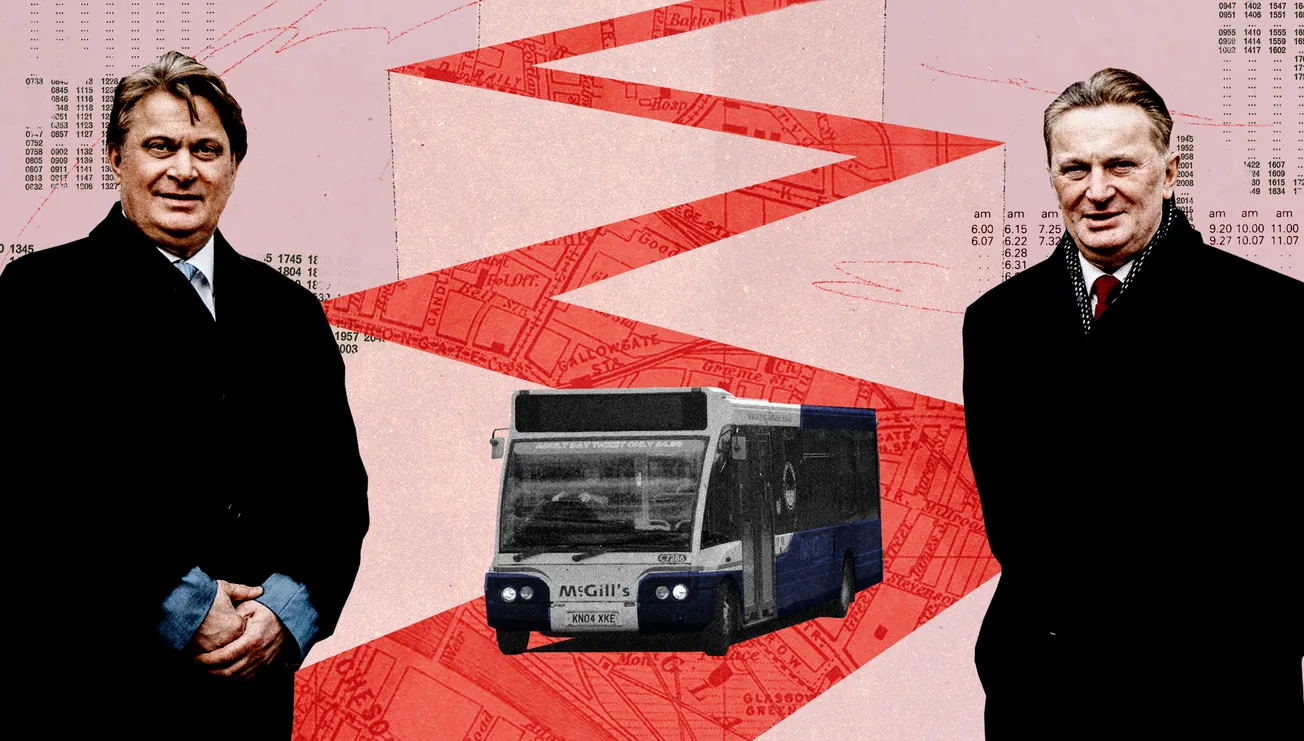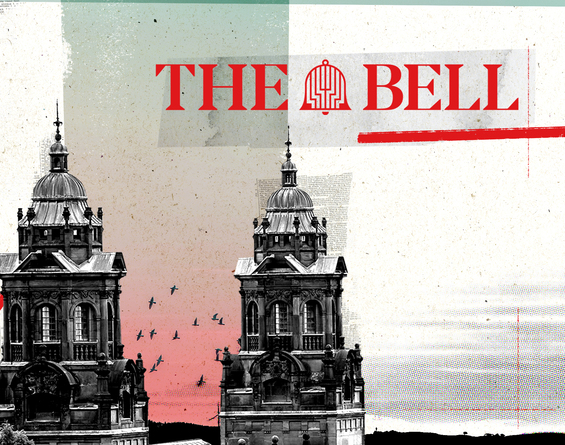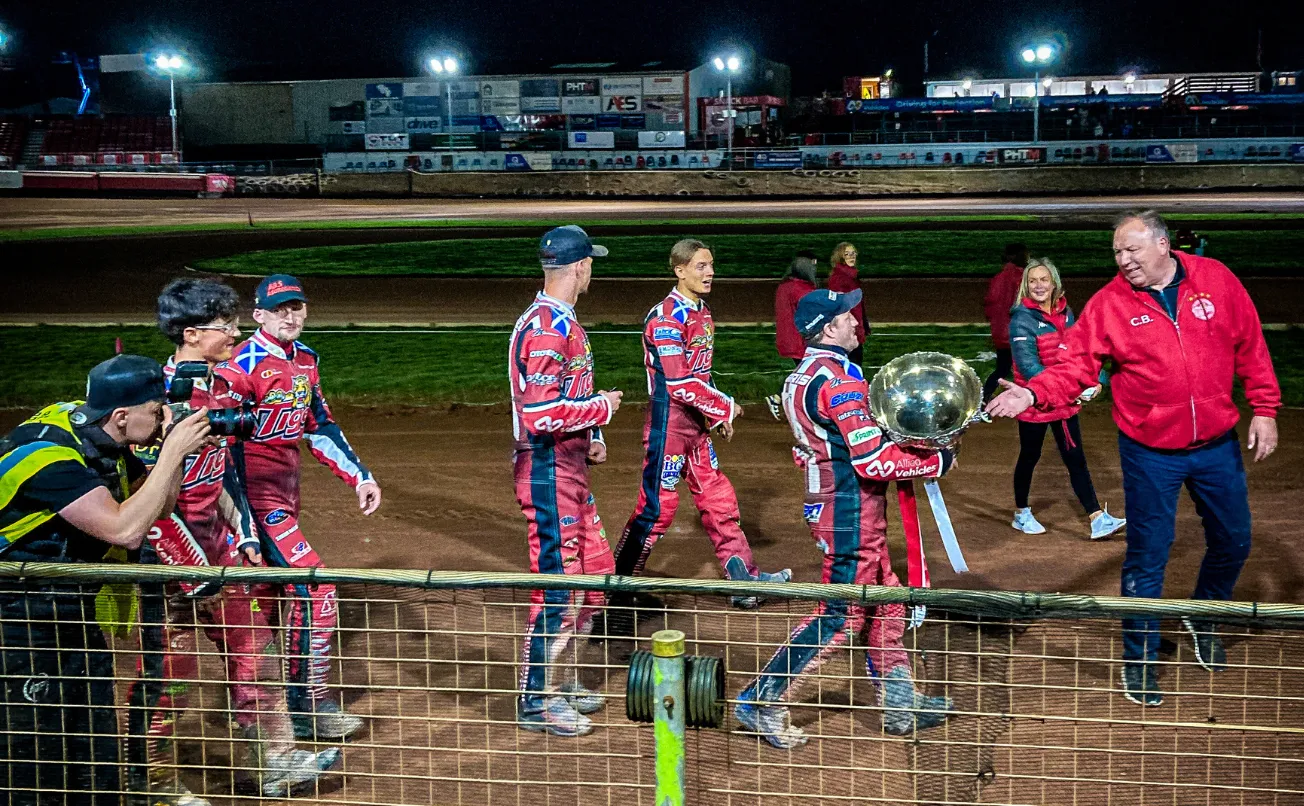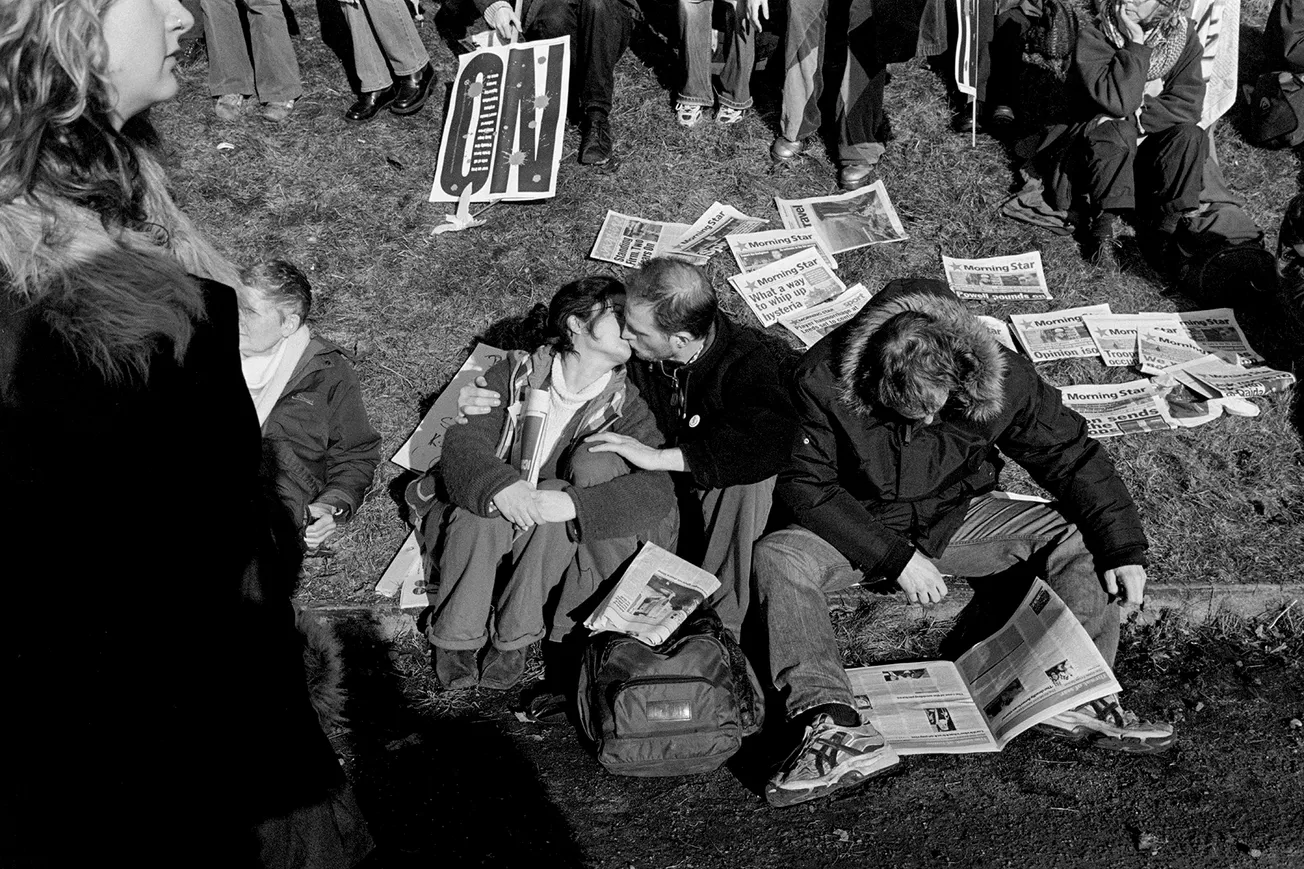Want to get The Bell's high-quality journalism about Glasgow? The only way to read us is to join our free mailing list – all our stories are delivered direct to your email inbox with no need to click on any links or endure any pop-up ads.
The Clyde Flyer sets off from Glasgow city centre, heading to the seaside town of Largs along the scenic Clyde coastline, through Port Glasgow and Greenock, and past Wemyss Bay station and ferry terminal. The adverts for the bus service refer to it as Clyde Flyer country.
More correctly, this is McGill’s country. The private bus firm dominates this section of the Clyde coast — and no wonder. It’s home to the company’s owners, Sandy and James Easdale, who have both sentimental and financial investment in the area. Recently, the brothers were reported to have bought Kilmacolm’s Balrossie House, a mansion built in 1899 by the Sailor’s Orphans Society of Scotland, now lying derelict and with planning permission for 64 residential units.
Purchased by the Easdales for an undisclosed sum, once completed, reports say it will be worth £20 million. Which is actually small change for Sandy and James, widely touted to be worth £1.4 billion and listed by the Sunday Times Rich List as the sixth wealthiest people in Scotland.
The brothers served as directors of Rangers for two years, ending in 2015, but their current significance has to do with buses, and a bitter fight they are waging against plans to franchise Glasgow's bus network. The idea behind bus franchising is to bring the privatised system under “public control”. The bus operators would still be private companies but the routes and fares would be determined by the Strathclyde Partnership for Transport (SPT), which says the buses could then connect up properly with trains, ferries and the subway.
Campaigners and some transport experts say franchising — which is already being implemented in Greater Manchester — would improve services for passengers. But the Easdales see it as a Soviet-style threat to their private interests, and they have vowed to challenge the proposal in the courts. “We're in the process now of getting a real heavyweight legal team, heavyweight institutions, mega expensive people and brains to now fight this,” Sandy Easdale told the Glasgow Times earlier this year. “I will fight it with every breath I've got and I will fight it with every penny I've got.”
The newspaper described Sandy as “passionate and even emotional on what he sees as a public body attempting to take away his business”. And referring to that line about fighting franchising “with every penny I've got”, the Glasgow Times wrote: “Given that the brothers have a combined wealth estimated at around £1.4 billion by the UK rich list, that's a lot of pennies.”
But how many pennies are we talking about here? The Bell wouldn't usually devote weeks of time to the task of estimating the net wealth of powerful businessmen with a stake in Glasgow’s transport system. But in this case, the matter seems highly relevant.
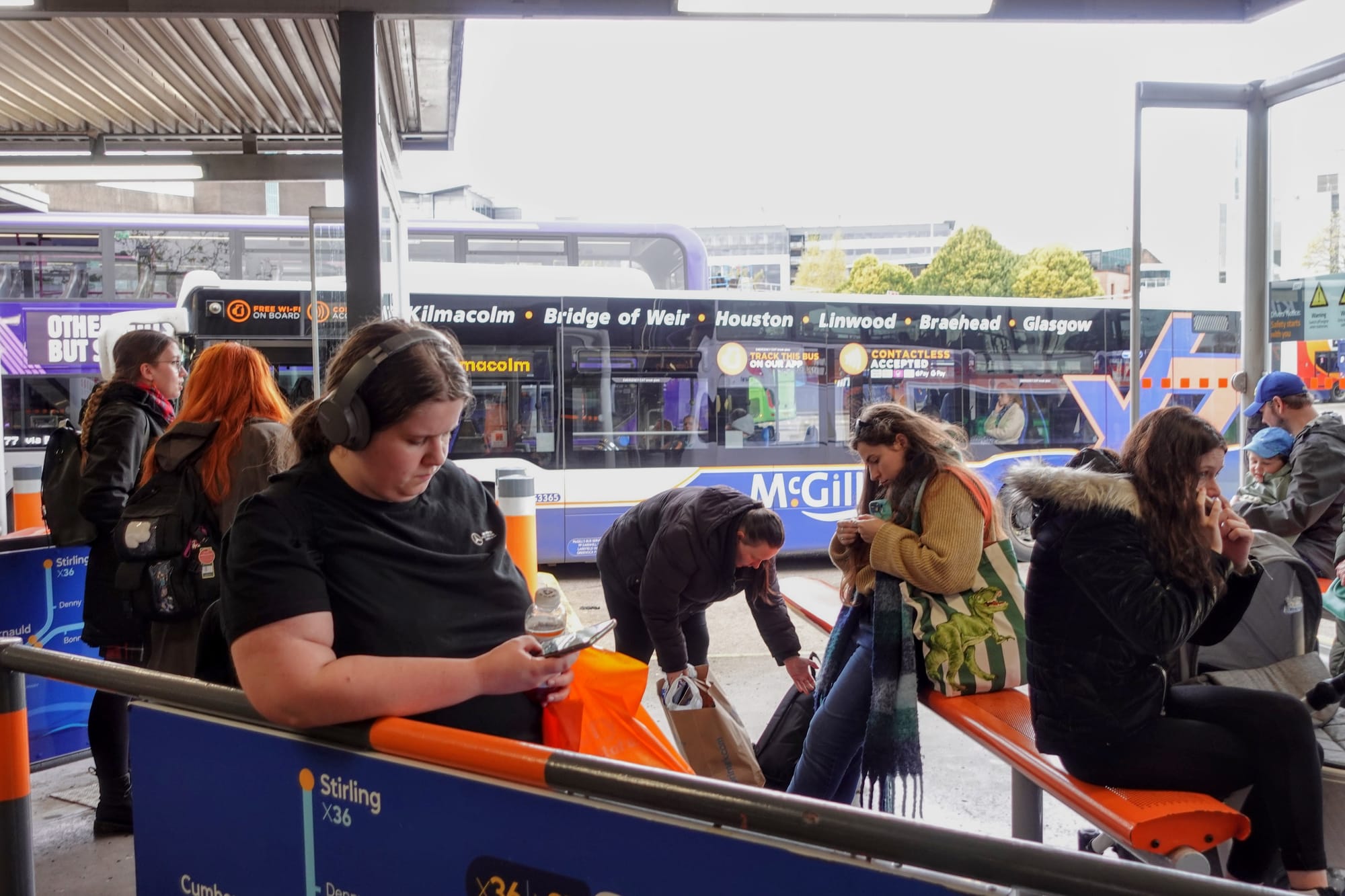
The Easdales have declared war on a public authority, threatening to hire a “mega expensive” legal team to take down a policy proposal that experts say would benefit thousands of residents, including our readers. And much of their clout seems to derive from their status as billionaires — the kind of people that local leaders and other companies wouldn't fancy meeting in a courtroom.
So we wondered: how rich are the Easdales, really?
'These guys forget the fact they are billionaires'
Lore has it that the Easdales’ entrepreneurial life began in their father’s scrap metal business, where they stripped metal and cables in the evenings after school. They have spoken repeatedly of their rags to riches story, but this tends to shift slightly in tone.
In some instances they are described as coming from nothing; other times, their family business is mentioned. Sandy Easdale, on GB News, spoke of coming from “a business family” where his mother and father “spoke business seven days a week”. Their mother, Gail, was a taxi operator and their father, Jim, began his scrap metal business in the 1970s with Clyde Metal Recycling.
These ventures, however — both cash businesses — are not obvious at Companies House, where there don’t seem to be any firms registered to the Easdales until the first is incorporated in 1998. The brothers then cycled through a range of businesses — metal recycling, taxis, buses, accident repair, window fitting and finally on to small scale property acquisition in Greenock and Gourock, then large scale property development.
Prominent Glasgow businessman Donald MacLeod, who owns city nightclubs, recently formed a bond with the Easdales over the shared nuisance of rival bus company First Glasgow threatening to cancel its night bus services. “They have a passion for what they do and they love to tell you how they started from humble beginnings,” MacLeod told me about the brothers. Describing a recent meeting with them, he said: “As they talked, I just thought, ‘These guys forget the fact they are billionaires — they are so driven.' They are serious and they do have the trappings of success around them: they like the fast cars but they don’t flaunt it.”
If the brothers occasionally forget that they are very wealthy, the national media certainly does not. In February 2021, the Daily Mail referred to the brothers’ “business empire valued at more than £750 million”, although no source was provided for this figure. Perhaps that’s just as well, because only a year later when the brothers entered the Sunday Times Rich List, the figure had mysteriously almost doubled to £1.363 billion. In July, the Scottish Sun called the Easdales “Billionaire Bros" in an interview that promised to reveal "what being super-rich is really like”.

A spokesperson for the Sunday Times didn't want to elaborate on how the number was calculated, instead sending us a link to its Rich List methodology. It said Rich List numbers are based on the analysis of publicly available information as well as financial data obtained through its own investigations. The Sunday Times has, however, consistently attributed the Easdales’ wealth to “Transport and property: McGill’s”. Combining this with public documents and other media reports makes it possible to conduct a financial examination of our own.
It’s worth noting that while reporting this story, we requested an interview with the brothers. When this was declined, we sent them a series of detailed questions, giving them a week to respond. In reply, a lawyer representing the Easdales told us that our reporting was flawed and demonstrated “confusion” relating to “the position of named individuals and corporate entities”. The lawyer added: “As for what has been published by other publications, we suggest you refer any questions you have to them if you are suggesting they have published information which is wrong.” We then sent a second set of more detailed questions with a response deadline of three days, but we have received no response.
A £250m sleight of hand
The biggest numbers attached to individual Easdale investments in these media reports relate to property developments. The Bell’s analysis suggests that these reports use a simple sleight of hand to overstate the brothers’ wealth. Instead of talking about the profit the brothers can expect to make, the reports talk about the project’s gross development value. This will always be a much larger number, but it has little to do with the brothers’ wealth.
To see how this works, consider one of the Easdales’ largest and highest profile property investments. In 2019 Fife Council approved a plan to build 850 homes on the site of the former Tullis Russell paper mill near Glenrothes. The Easdales had set up a company called Glenrothes Developments Ltd whose ownership is split three ways between the brothers and James Shields, who owns Advance Construction Ltd.
On 25 October 2019, Sandy Easdale was quoted saying:
“We forecast that the development will cost in the region of £250 million.”
£250 million is a big number — but what does it actually represent? According to a May 2024 sales brochure for the Glenrothes site, three companies (Miller Homes, Bellway and Campion) are currently building 336 private homes there for sale at an average price of around £250,000. Multiplying this average price by the originally approved 850 homes produces a figure of around £210 million. That makes sense: it’s in the same ballpark as the £250 million that Sandy Easdale was talking about in 2019.

But suppose 850 homes did end up being sold for £210 million. That cash would not go to the Easdales and their partner. It would of course go instead to Miller Homes, Bellway, Campion and any other house builder that gets involved. So where do the Easdales and their partner fit into this picture? The Easdales are not building houses at Glenrothes. Their role likely consists of buying the overall site, getting it ready for homes to be built and then selling plots of land to actual house builders like the three involved at Glenrothes.
To see what this really means for the brothers’ wealth, forecasts for the site first need to be updated. The target number of homes on the site has fallen by about one-third, from 850 to 544. The May 2024 sales document also shows that nearly a quarter of the reduced number of plots remain “available” — in other words, have yet to be sold.
Assume that all 544 plots at Tullis Russell do in fact end up being sold. Using the current average asking price, and taking account of some affordable homes that have already been built at a lower price, that would produce total house sales at Glenrothes of around £130 million.
The plots of land that the Easdales are selling represent by far the smallest part of the cost of building a house. Industry data suggest that building this number of houses might require £14–£25 million worth of building plots. Assuming a generous 40% margin on these sales would produce profits on land sales of £6–£10 million. The Easdale brothers’ two-thirds share would then be £4–£7 million.
This is a long way from the £250 million figure that Sandy Easdale spoke about in 2019. It’s even further from the spin that was added just a year later, when Gourock property firm Bowman Rebecchi reproduced on its website a Herald article that includes the following statement:
“The brother's [sic] stake in the Tullis Russell paper mill site at Glenrothes is worth £250m alone.”
This wording suggested that just two-thirds of the profits at Tullis Russell is worth £250 million.
The Bell’s estimates can be no more than that — good faith estimates — and without hearing from the brothers, we don’t know how they might justify their previous statements. But even if our estimates are too low by a factor of five, the Easdales would still stand to make profits of only one-tenth of the £250 million figure that Sandy Easdale and Bowman Rebecchi helped put into the public domain in 2019–20.
Calculations like these are not the only reason to question the £250 million figure that Sandy Easdale associated with the Glenrothes site in 2019. For two years in a row now, Glenrothes Developments Ltd has used a (perfectly legal) device to delay filing its annual accounts at Companies House. The company has only filed one meaningful set of accounts to date, for the period ending November 2022. This refers to “significant challenges and difficulties […] it was established significant losses would be incurred in the completion of this development.”
All in all, then, there are plenty of reasons to question whether the Glenrothes site will ever add anywhere close to £250 million to the Easdales’ wealth.
Billionaire busmen
This brings us to the other main component of the Easdale fortune: McGill’s Bus Service Ltd. No question, McGill’s has been a successful investment. When the brothers bought it in 2004, it was turning over £3 million a year with 75 employees. McGill’s most recent set of accounts (at December 2022) shows that in less than twenty years, both turnover and employees have grown about twenty-fold: to £58 million and 1,362, respectively.
Much of the credit for this likely belongs to Ralph Roberts, the chief executive whom the brothers recruited from Arriva in 2010 to run McGill’s. They recently promoted Roberts to be McGill’s Chair.
But what is McGill’s worth? Luckily, this time the Easdales are on the record. This summer, Sandy Easdale told a bus industry website called Route-One that McGill’s “is now worth ‘hundreds of millions’”. This tallies with what you'd expect the estimated value should be to make the massive net worth figures quoted by the Sunday Times and the Daily Mail add up.
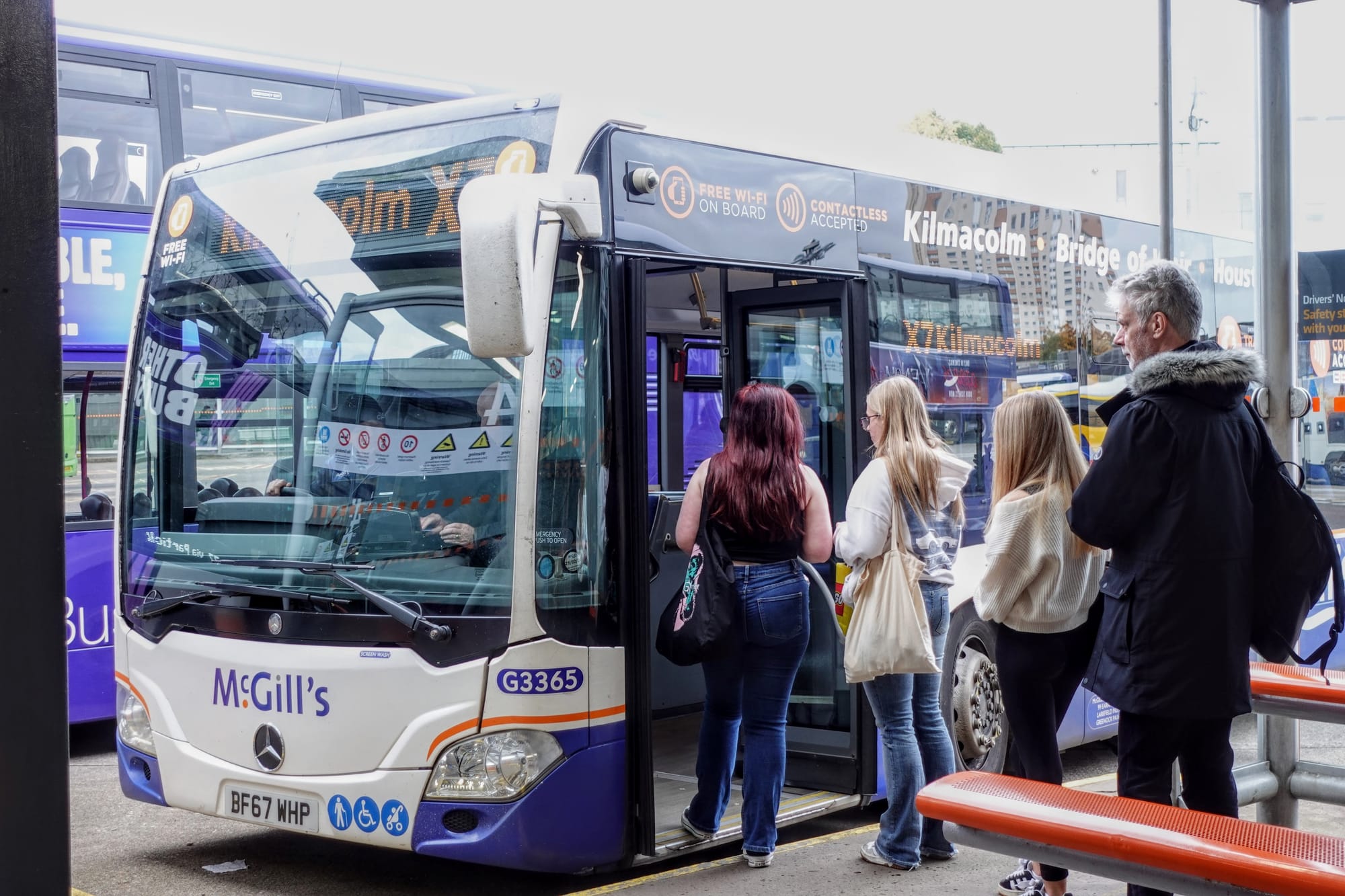
But The Bell’s research suggests this figure, too, may well be an exaggeration. Valuing a private company is as much art as science, but some basic orders of magnitude are easy to establish.
Both the stock market and recent private acquisitions show UK bus companies are currently valued at slightly less than one times their turnover. In March, the Daily Mail wrote, without providing a source, that “the McGill’s group turnover is now more than £120 million”. McGill’s most recently filed audited accounts (2022) suggest a much lower figure of around £65 million.
Take the higher, unsourced turnover figure of £120 million. Based on that, McGill’s may be worth a little more than £100 million. This is several times lower than the “hundreds of millions” that Sandy Easdale claimed as recently as June. The scale of this gap is reminiscent of the one seen in the case of the Glenrothes building development.
McGill’s most recent accounts also throw an interesting sidelight on the Easdales’ aggressive posture towards government and the public sector. The balance sheet shows £53 million of “tangible fixed assets” — buses, mostly. It also shows £16.7 million of “Government grants received”. This presumably relates to government support for buying buses. It looks as though the Easdales have no issue with government involvement in buses when it provides them with cheap funding.
Calling a crude bluff
Over the last few years, James and Sandy Easdale have willingly cooperated with a series of media reports that support the idea they have combined wealth of £1.4 billion. They have explicitly pointed to this reported wealth while posturing aggressively against at least one public body. That suggests a possible reason why they may want to make people believe they are as rich as possible.
Most of the time the brothers have been careful to let friendly media outlets be the indirect messengers of their wealth, without quoting any sources, rather than claiming it directly themselves. To date, the Easdales have failed to distance themselves from the numbers that have made their way into the public domain.
In preparing this article, The Bell has asked the Easdales, the Sunday Times and the Daily Mail about the previous coverage. All have declined to comment.
Our story speaks to the Easdales’ determination to protect what is likely the real crown jewel of their empire — McGill’s Bus Service — against what they see as the threat posed by franchising. That’s why in a future article The Bell will be looking into what bus franchising could actually mean for Glasgow: both for its citizens and for the Easdales.
Want to get The Bell's high-quality journalism about Glasgow? The only way to read us is to join our free mailing list – all our stories are delivered direct to your email inbox with no need to click on any links or endure any pop-up ads.
To contact us with information relating to this story - or our upcoming piece about franchising - please get in touch.
Comments
How to comment:
If you are already a member,
click here to sign in
and leave a comment.
If you aren't a member,
sign up here
to be able to leave a comment.
To add your photo, click here to create a profile on Gravatar.

